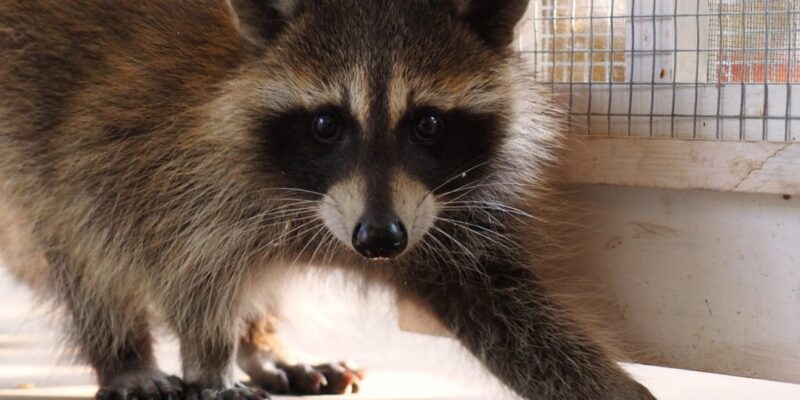Raccoons, with their distinctive masked faces and ringed tails, can be both fascinating and problematic creatures. While they play a role in the ecosystem, they can also cause damage to property and pose health risks to humans and pets. Integrated Pest Management (IPM) offers a comprehensive approach to managing raccoon populations while minimizing environmental impact and ensuring humane treatment. Capital Wildlife Control specializes in raccoon removal by Capital Wildlife Control, employing a range of strategies under the umbrella of IPM to address these issues effectively.
Understanding Raccoon Behavior and Biology
To effectively manage raccoon populations, it’s crucial to understand their behavior and biology. Raccoons are highly adaptable and opportunistic omnivores, capable of thriving in various environments. They are skilled climbers, making attics, chimneys, and crawl spaces prime locations for nesting and denning.
Inspection and Monitoring
The first step in IPM for raccoon control is thorough inspection and monitoring. Capital Wildlife Control conducts detailed assessments of properties to identify entry points, nesting sites, and potential attractants such as food sources or shelter. Monitoring techniques such as camera traps help track raccoon activity and assess the effectiveness of control measures.
Exclusion and Habitat Modification
Preventing raccoons from accessing buildings is a key aspect of IPM. Capital Wildlife Control employs exclusion techniques such as sealing entry points with sturdy materials and installing barriers like chimney caps and vent screens. Habitat modification, such as removing overhanging branches and securing trash bins, reduces opportunities for raccoons to find shelter and food.
Humane Trapping and Removal
In cases where raccoons have already established a presence indoors, humane trapping and removal are necessary. Capital Wildlife Control utilizes live traps designed to safely capture raccoons without causing harm. Trapped animals are then relocated to suitable habitats away from human dwellings, ensuring their welfare while addressing the nuisance they pose.
Biological and Environmental Controls
IPM also encompasses biological and environmental controls to manage raccoon populations. Capital Wildlife Control may employ deterrents such as motion-activated lights or ultrasonic devices to discourage raccoons from frequenting certain areas. Additionally, habitat management practices such as reducing sources of water and implementing natural predators’ presence can help deter raccoons from lingering on properties.
Education and Long-Term Prevention
Education plays a vital role in IPM for raccoon control. Capital Wildlife Control provides homeowners with guidance on raccoon-proofing measures and proactive steps to minimize future infestations. By promoting awareness of coexisting with wildlife responsibly, they empower individuals to contribute to long-term prevention efforts.
In conclusion, Integrated Pest Management offers a multifaceted approach to raccoon control, addressing the nuisance and potential hazards associated with these adaptable creatures. Capital Wildlife Control’s expertise in raccoon removal by Capital Wildlife Control, combined with IPM strategies, ensures effective management while prioritizing humane treatment and environmental stewardship.













Comments